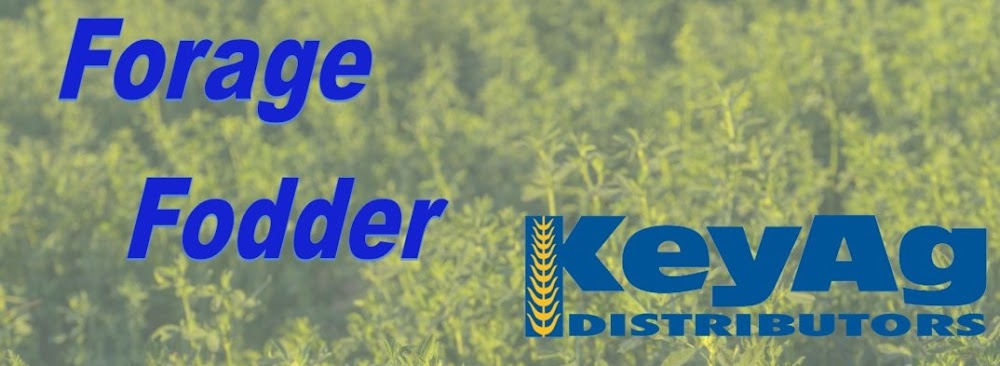Colorado—In the Oct. 6 report, compared to last report, trade activity moderate on very good demand for horse hay markets. Feedlots are putting offers on hay with a few sellers accepting. Few trades on ranch hay. Prices steady on horse hay. According to the NASS Colorado Crop Progress Report for the week ending Oct. 2, third cutting alfalfa harvested is 91%, fourth cutting 40%. Stored feed supplies were rated 10% very short, 23% short, 63% adequate, and 4% surplus.
Missouri—In the Oct. 6 report, compared to last report, the supply of hay is light to moderate and demand is moderate and prices mostly steady. Hay interest remains very high as conditions around the state continue to decline. Many cattlemen and women are being forced to make tough decisions and culling of cattle continues for some it not the first unplanned trip to the auction this year. Hay is by no means abundant but it also isn’t so scarce it can’t be found either. One actually doesn’t have to spend an extreme amount of time on the computer or phone to find hay, the problem that potential customers are facing is it is only October. To start feeding now would make for a very long feeding season. Actual hay cost like everything is also much higher than usual, as well as trucking cost. So there is a lot of numbers to pencil down in order to make the best decisions.
Nebraska—In the Oct. 6 report, compared to last week, bales of alfalfa sold steady to $5 higher, grass hay steady. Ground and delivered alfalfa sold $10 higher in the Platte Valley and steady in the Panhandle. Dehydrated alfalfa 17% sold steady in the east and $10 lower in the Platte Valley. Overall demand was good. Cattails in large round bales sitting in the field $70 per ton. Several different scenarios on what livestock owners will feed to all livestock this fall and winter. The drought of 2022 appears to have more people stressed than the drought of 2012. This year there was limited amount of carry over hay of any type and in 2012 ranchers and alfalfa producers had a reasonable amount of hay they carried over. Most expenses across the board have doubled or tripled in the last few months adding pressure to the minds of the end user. Cooler weather on the horizon with frost like temperatures and spotty rains in the forecast for the weekend.
Oklahoma—In the Sept. 23 report, as hay gets tighter and drought continues to worsen in our state, the farmers continue to bale up their crops to sell as hay. Hay is coming in from all parts of the country in hopes it will be enough to get through these tough times. For the drought according to the Oklahoma Mesonet exceptional drought is at 13.6%, extreme drought is now at 53.9%, severe drought has reached 89.2%, moderate drought is at 98.9%, and abnormally dry conditions are at 99.9%. Next report will be released Oct. 14.
Texas—In the Sept. 30 report, compared to the last report, hay prices are steady to firm in all regions. Hay demand is mostly moderate. Rains in the southern and eastern regions have helped recover droughted out pastures, which has slowed or limited supplemental feeding. As a result trading activity in those regions has slowed down as well. Trading activity in the west, panhandle, and central regions is still moderate to active. Many producers are trying to get winter supplies lined out ahead of the predicted shortage of forages moving into the winter months. The biggest issue is still finding trucking to move hay in from out of state. Additionally, substitute forages such as hay grazer and cotton burrs are in short supply this year due to long periods without moisture and record heat during the growing season. Next report will be released Oct. 14.
New Mexico—In the Oct. 7 report, compared to last week, alfalfa hay prices steady. Trade active, demand very good. Supplies are very tight for top quality hay. Some producers continue to store hay for the winter. The southern part of the state is in the sixth cutting and southeast are done with their sixth cutting. The central part of the state is in the fifth cutting. Cooler temperatures and rain reported across New Mexico.
South Dakota—In the Oct. 7 report, compared to last week, alfalfa hay steady to higher undertones. Very good demand for high testing alfalfa, of which supply is very limited due to a cold, late spring and a continuing/worsening drought. Soybean harvest in full swing, with some corn starting as well. Still few spring born calves showing up in auctions, many more consigned for next week which is keeping demand for grass hay really high.
Wyoming—In the Oct. 6 report, compared to last week, baled hay prices sold steady. Demand was good. More tons of hay going to area ranchers this week. Several producers do not sell any hay until they get most cuttings put up as they use hay for there own livestock and do not want to sell themselves out of their own hay. Spotty rain showers in some areas of the state.
Montana—In the Oct. 7 report, compared to last report, hay sold generally steady. Demand for hay is moderate to good for mostly moderate offerings. Hay in far eastern Montana is competing with hay out of North Dakota and has been the lowest priced hay in the state. Hay out of North Dakota has firmed in price in recent weeks as buyers report hay being delivered into Montana for $210-$260, depending on where its delivered. Straw demand remains good, and sales continue at steady money this week.


No comments:
Post a Comment